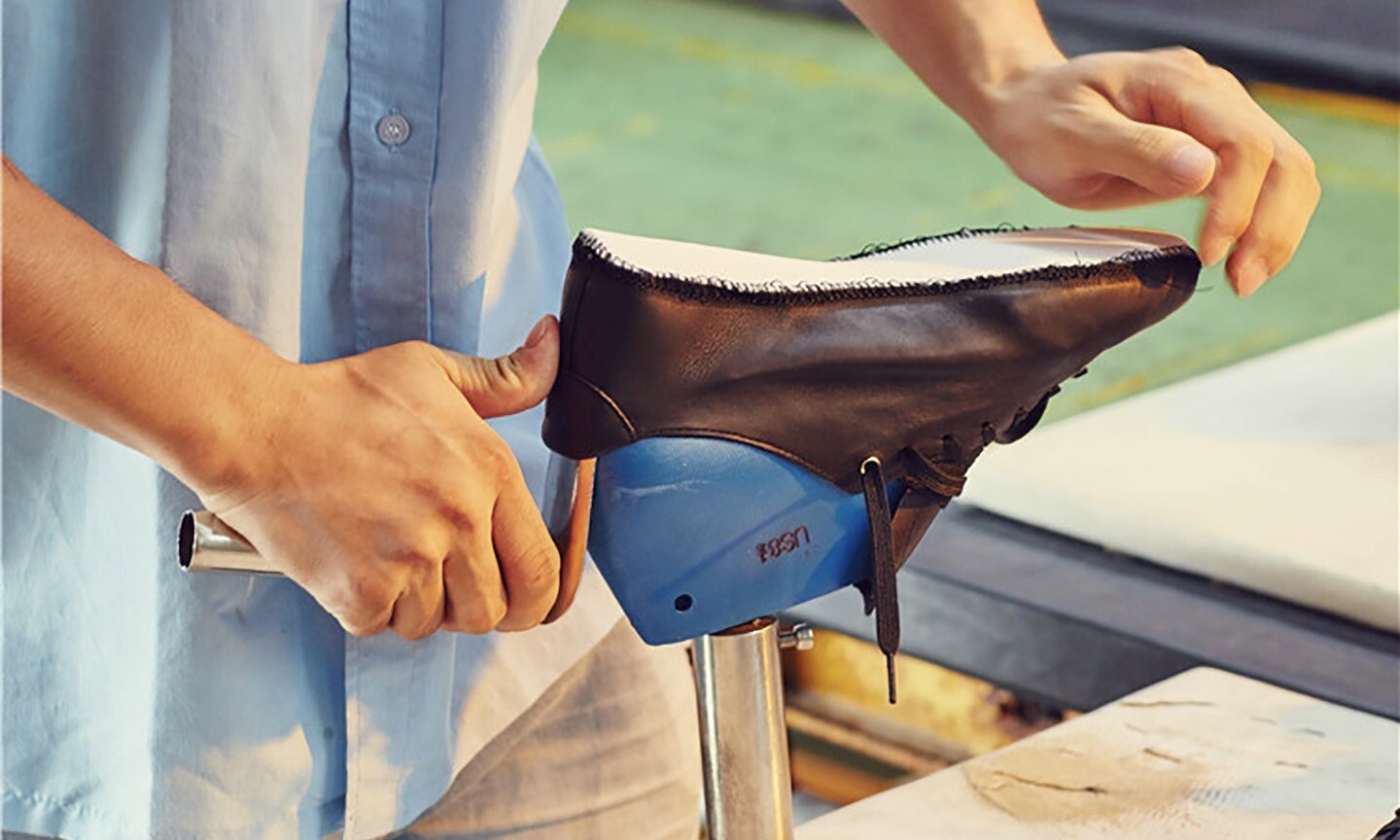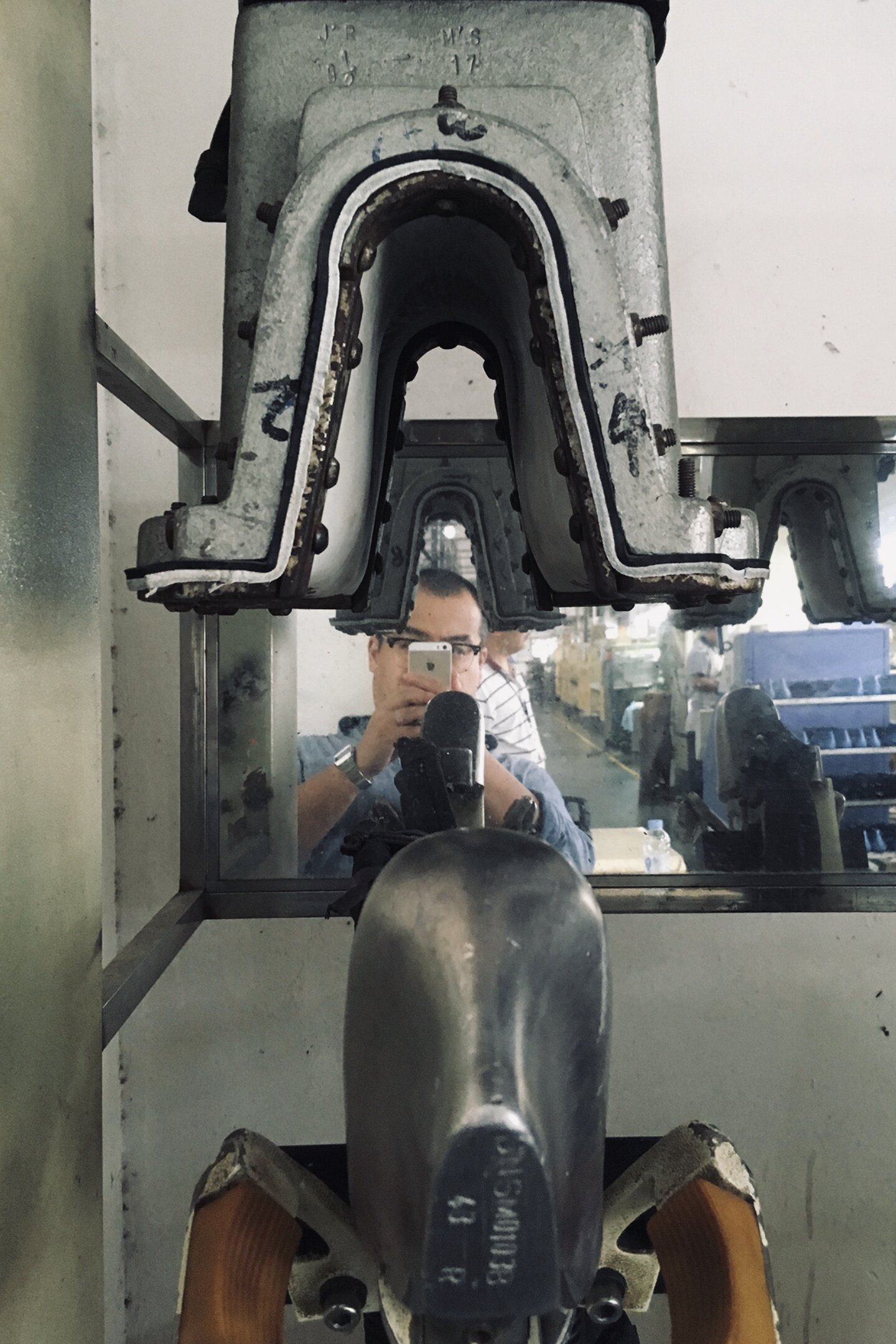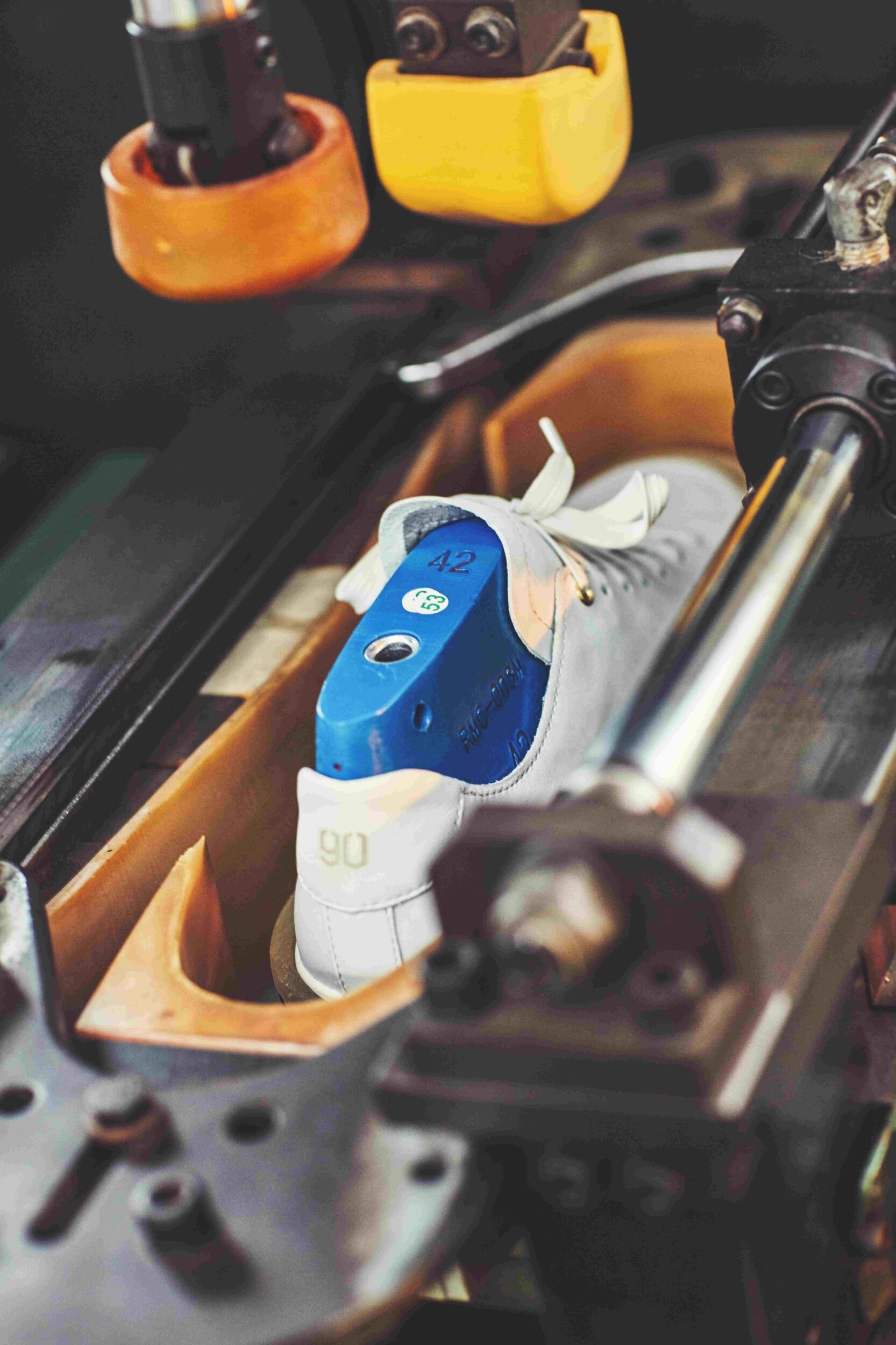Article#210320: Last Comes First, Literally!
You put on a pair of shoes everyday, yet I am sure you have never thought about its form as long as you are able to put your feet in them. Why should you? It’s a pair of shoes. It is shaped like a foot.
A shoe form is the structure of a shoe. This structure can be reflected in aesthetics and functions of a shoe. Maintaining shoe form is extremely critical in shoe making because of the complex nature of foot ergonomics, which directly relates to comfort, support, performance, health and aesthetics.
As a footwear designer, part of my job is to study shoe forms, not only understand shoe forms but also know how to create and utilize shoe forms in design. After years of designing and developing various types of footwear, I have enough knowledge and understanding putting together this comprehensive guideline of how shoe forms are created. So that you can appreciate how sophisticated and interesting your footwear really is when you open a box seeing that brand new pair of kicks.
In order to create shoe form, we need a piece of object, a shoe last. It’s an object that shaped like a human foot, a representation of a foot. This is the very object that create all footwear shapes from dress shoes to beach sandals. Lasts are mannequins for shoes. Most production sneaker lasts are made of plastic.
Before a shoe last is placed inside a shoe the entire upper requires steaming. With layers of materials are stitched together there are uneven area that requiring loosening for a much better fit. The steam vaults help soften and loosen the interior of a shoe before a shoe last is placed.
A shoe last is manually put inside of every shoe, that must be maintained inside of a shoe for the entire manufactory process. The process maintaining shoe shape is called form fitting. There are variety types of form fitting machines required in an assembly line.
In order to have a precise fit, simply remaining a shoe last within a shoe is far less than enough. A shoe last has to have a perfect tightened fit because any degree of shifting between upper and last will create discomfort when wearing. Above device is used to pull materials down so that the last board is perfectly “glue” onto bottom of a shoe last. This machine is also to make sure the entire upper sits centered onto a shoe last. Any form of skew will definitely cause problem.
This form fitting device is designed specifically for keep heel of a shoe in place. The purpose is to infuse outer layer material, lining and counter stiffer all together for a much better fit. It is used before the bottom is attached. There is a similar device maintain toe structure.
This device is used when the bottom is attached to shoe upper. The entire lower half of a shoe sits inside a crate. Once it’s in use two fist shape arms are coming down to keep shoes tight in crate, then there are pressure placed from all sides to infuse upper and bottom together.
These are the very basic operations to create and maintain a shoe form, which are applied to all shoe manufacturing. However, since footwear essentially are performance and function wear, there are shoe styles require additional support pieces to be put in place. For example, there are performance work footwear requires steel or carbon fiber piece in order to protect feet while handle heavy duty tasks. Performance lifting shoes require external heel stabilize piece to keep heel locked in place in order to lift heavy weight.
Needless to say the journey creating shoe form is a long and sophisticated one, yet every step is important.






